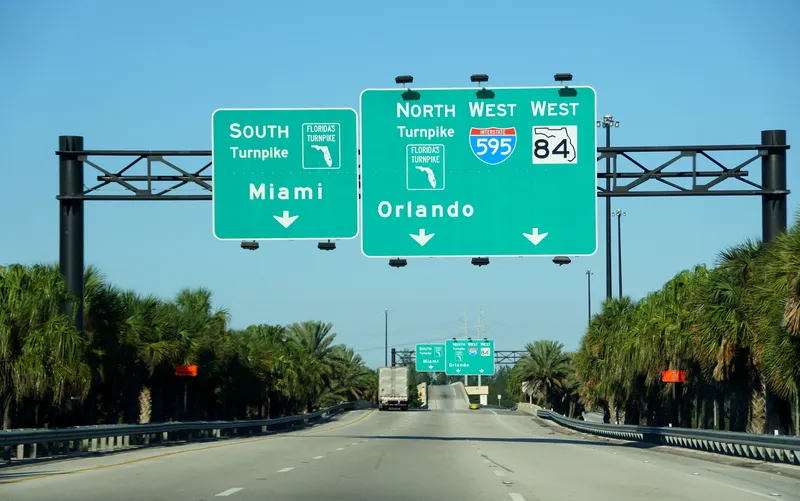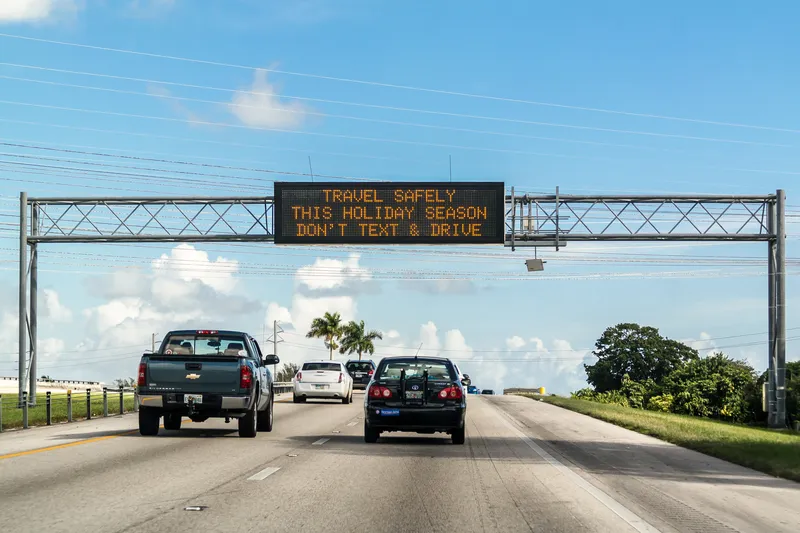The Oregon Department of Transportation improved safety on OR 217 by implementing a variety of signage and roadway enhancements. OR 217 currently experiences traffic congestion during peak commute times because of high-density traffic and crashes. The project focused on reducing crashes, helping to clear crashes quickly when they do occur, and giving motorists the ability to make informed travel decisions about traffic flow and roadway conditions. Since collisions on a busy highway can bring traffic to a h
August 14, 2015
Read time: 2 mins
The 5837 Oregon Department of Transportation improved safety on OR 217 by implementing a variety of signage and roadway enhancements. OR 217 currently experiences traffic congestion during peak commute times because of high-density traffic and crashes. The project focused on reducing crashes, helping to clear crashes quickly when they do occur, and giving motorists the ability to make informed travel decisions about traffic flow and roadway conditions. Since collisions on a busy highway can bring traffic to a halt, the improvements will also decrease crash-related congestion.
Oregon Department of Transportation (ODOT) has received the Intelligent Transportation Systems’ Best of ITS 2015 Award for project OR 217, which aimed to improve safety on the highway by implementing a variety of signage and roadway enhancements.
In 2013, ODOT replaced previous state-wide control system software with32 Daktronics Vanguard professional software, along with Daktronics VF-2020 and VX-2420 dynamic message signs to establish a more automated advanced traffic management system (ATMS). The VX-2420s display advisory speed limits based on traffic congestion to achieve speed harmonisation, while the VF-2020s provide travel time information, crash and congestion data, road conditions and closures.
OR 217 experienced traffic congestion during peak commute times because of high-density traffic and crashes. The project focused on reducing crashes, helping to clear crashes quickly when they occur and giving motorists the ability to make informed travel decisions about traffic flow and roadway conditions.
Oregon Department of Transportation (ODOT) has received the Intelligent Transportation Systems’ Best of ITS 2015 Award for project OR 217, which aimed to improve safety on the highway by implementing a variety of signage and roadway enhancements.
In 2013, ODOT replaced previous state-wide control system software with
OR 217 experienced traffic congestion during peak commute times because of high-density traffic and crashes. The project focused on reducing crashes, helping to clear crashes quickly when they occur and giving motorists the ability to make informed travel decisions about traffic flow and roadway conditions.










